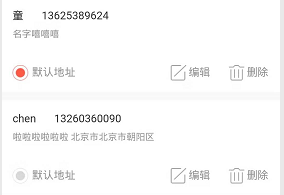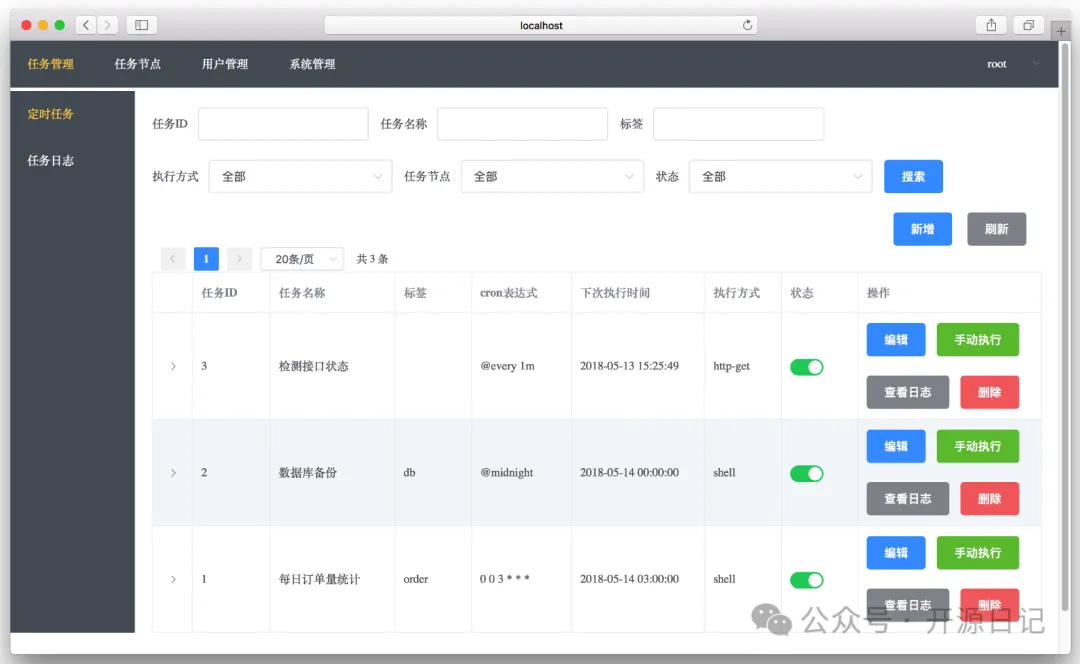本文介绍了webpack 插件html-webpack-plugin的具体使用,分享给大家,具体如下:
插件地址:https://www.npmjs.com/package/html-webpack-plugin
这个插件用来简化创建服务于 webpack bundle 的 HTML 文件,尤其是对于在文件名中包含了 hash 值,而这个值在每次编译的时候都发生变化的情况。你既可以让这个插件来帮助你自动生成 HTML 文件,也可以使用 lodash 模板加载生成的 bundles,或者自己加载这些 bundles。
Installation
使用 npm 安装这个插件
$ npm install html-webpack-plugin@2 --save-dev
Basic Usage
这个插件可以帮助生成 HTML 文件,在 body 元素中,使用 script 来包含所有你的 webpack bundles,只需要在你的 webpack 配置文件中如下配置:
var HtmlWebpackPlugin = require(\'html-webpack-plugin\')
var webpackConfig = {
entry: \'index.js\',
output: {
path: \'dist\',
filename: \'index_bundle.js\'
},
plugins: [new HtmlWebpackPlugin()]
}
这将会自动在 dist 目录中生成一个名为 index.html 的文件,内容如下:
<!DOCTYPE html> <html> <head> <meta charset=\"UTF-8\"> <title>Webpack App</title> </head> <body> <script src=\"index_bundle.js\"></script> </body> </html>
如果你有多个 webpack 入口点,它们都会被包含在生成的 script 元素中。
如果有任何的 CSS 资源包含在 webpack 输出中(例如,使用 ExtractTextPlugin 提炼出的 css ),这些将会使用 link 包含在 HTML 页面的 head 元素中。
Configuration
可以进行一系列的配置,支持如下的配置信息
-
title: 用来生成页面的 title 元素
filename: 输出的 HTML 文件名,默认是 index.html, 也可以直接配置带有子目录。
template: 模板文件路径,支持加载器,比如 html!./index.html
inject: true | \’head\’ | \’body\’ | false ,注入所有的资源到特定的 template 或者 templateContent 中,如果设置为 true 或者 body,所有的 javascript 资源将被放置到 body 元素的底部,\’head\’ 将放置到 head 元素中。
favicon: 添加特定的 favicon 路径到输出的 HTML 文件中。
minify: {} | false , 传递 html-minifier 选项给 minify 输出
hash: true | false, 如果为 true, 将添加一个唯一的 webpack 编译 hash 到所有包含的脚本和 CSS 文件,对于解除 cache 很有用。
cache: true | false,如果为 true, 这是默认值,仅仅在文件修改之后才会发布文件。
showErrors: true | false, 如果为 true, 这是默认值,错误信息会写入到 HTML 页面中
chunks: 允许只添加某些块 (比如,仅仅 unit test 块)
chunksSortMode: 允许控制块在添加到页面之前的排序方式,支持的值:\’none\’ | \’default\’ | {function}-default:\’auto\’
excludeChunks: 允许跳过某些块,(比如,跳过单元测试的块)
下面的示例演示了如何使用这些配置。
{
entry: \'index.js\',
output: {
path: \'dist\',
filename: \'index_bundle.js\',
hash: true
},
plugins: [
new HtmlWebpackPlugin({
title: \'My App\',
filename: \'assets/admin.html\'
})
]
}
生成多个 HTML 文件
通过在配置文件中添加多次这个插件,来生成多个 HTML 文件。
{
entry: \'index.js\',
output: {
path: \'dist\',
filename: \'index_bundle.js\'
},
plugins: [
new HtmlWebpackPlugin(), // Generates default index.html
new HtmlWebpackPlugin({ // Also generate a test.html
filename: \'test.html\',
template: \'src/assets/test.html\'
})
]
}
编写自定义模板
如果默认生成的 HTML 文件不适合你的需要看,可以创建自己定义的模板。方便的方式是通过 inject 选项,然后传递给定制的 HTML 文件。html-webpack-plugin 将会自动注入所有需要的 CSS, js, manifest 和 favicon 文件到标记中。
plugins: [
new HtmlWebpackPlugin({
title: \'Custom template\',
template: \'my-index.html\', // Load a custom template
inject: \'body\' // Inject all scripts into the body
})
]
my-index.html 文件
<!DOCTYPE html> <html> <head> <meta http-equiv=\"Content-type\" content=\"text/html; charset=utf-8\"/> <title><%= htmlWebpackPlugin.options.title %></title> </head> <body> </body> </html>
如果你有模板加载器,可以使用它来解析这个模板。
module: {
loaders: [
{ test: /\\.hbs$/, loader: \"handlebars\" }
]
},
plugins: [
new HtmlWebpackPlugin({
title: \'Custom template using Handlebars\',
template: \'my-index.hbs\',
inject: \'body\'
})
]
另外,如果你的模式是一个字符串,可以使用 templateContent 传递它。
plugins: [
new HtmlWebpackPlugin({
inject: true,
templateContent: templateContentString
})
]
如果 inject 特性不适合你的需要,你希望完全控制资源放置。 可以直接使用 lodash 语法,使用 default template 作为起点创建自己的模板。
templateContent 选项也可以是一个函数,以便使用其它语言,比如 jade:
plugins: [
new HtmlWebpackPlugin({
templateContent: function(templateParams, compilation) {
// Return your template content synchronously here
return \'..\';
}
})
]
或者异步版本
plugins: [
new HtmlWebpackPlugin({
templateContent: function(templateParams, compilation, callback) {
// Return your template content asynchronously here
callback(null, \'..\');
}
})
]
注意,如果同时使用 template 和 templateContent ,插件会抛出错误。
变量 o 在模板中是在渲染时传递进来的数据,这个变量有如下的属性:
1、htmlWebpackPlugin: 这个插件的相关数据 ◦
htmlWebpackPlugin.files: 资源的块名,来自 webpack 的 stats 对象,包含来自 entry 的从 entry point name 到 bundle 文件名映射。
\"htmlWebpackPlugin\": {
\"files\": {
\"css\": [ \"main.css\" ],
\"js\": [ \"assets/head_bundle.js\", \"assets/main_bundle.js\"],
\"chunks\": {
\"head\": {
\"entry\": \"assets/head_bundle.js\",
\"css\": [ \"main.css\" ]
},
\"main\": {
\"entry\": \"assets/main_bundle.js\",
\"css\": []
},
}
}
}
如果在 webpack 配置文件中,你配置了 publicPath,将会反射正确的资源
htmlWebpackPlugin.options: 传递给插件的配置。
2、webpack: webpack 的 stats 对象。
3、webpackConfig: webpack 配置信息。
过滤块
可以使用 chunks 来限定特定的块。
plugins: [
new HtmlWebpackPlugin({
chunks: [\'app\']
})
]
还可以使用 excludeChunks 来排除特定块。
plugins: [
new HtmlWebpackPlugin({
excludeChunks: [\'dev-helper\']
})
]
事件
通过事件允许其它插件来扩展 HTML。
-
html-webpack-plugin-before-html-processing
html-webpack-plugin-after-html-processing
html-webpack-plugin-after-emit
使用方式:
compilation.plugin(\'html-webpack-plugin-before-html-processing\', function(htmlPluginData, callback) {
htmlPluginData.html += \'The magic footer\';
callback();
});
以上就是本文的全部内容,希望对大家的学习有所帮助,也希望大家多多支持。










暂无评论内容